Gait Analysis System and Plantar Pressure Testing: Dual Analysis for Safeguarding Health
Gait and plantar pressure are two important indicators of human health. With the continuous development of technology, gait analysis systems and plantar pressure testing devices have become key tools in health monitoring, especially in gait analysis and plantar pressure distribution studies. The gait analysis system can accurately detect subtle changes in human gait, while plantar pressure testing reflects the pressure distribution in the feet. By combining these two analysis methods, we can gain a more comprehensive understanding of the body's movement state, thereby safeguarding health.
With the aging population, gait and foot health problems are becoming more prominent, especially among the elderly and those with chronic illnesses. Issues such as falls, joint injuries, and gait disorders affect millions of people's health worldwide. Through gait analysis systems and plantar pressure testing, we can identify these problems early and take intervention measures to effectively reduce health risks. This article will explore the principles, applications, and importance of gait analysis systems and plantar pressure testing in health monitoring, helping everyone better understand how these two technologies safeguard health.
Principles and Applications of Gait Analysis Systems
Gait analysis systems use precise sensors and image processing technology to record various movement data during human walking in real time. This data includes stride length, cadence, gait symmetry, center of gravity position, gait cycle, and more. The system can capture the details of human movement comprehensively and use intelligent algorithms to process and analyze the data, helping users understand their gait health status.
Gait analysis systems primarily evaluate health through the following aspects:
Gait Stability and Balance: The system can accurately detect instability in gait, promptly identifying potential fall risks. For example, irregular gait cycles or small steps may signal issues with the nervous system or muscle function.
Gait Symmetry: Normal gait is symmetrical on both sides. The gait analysis system can detect changes in symmetry, which are often related to musculoskeletal issues. For example, patients with arthritis or muscle atrophy often exhibit gait asymmetry.
Movement Ability Assessment: Gait analysis systems help assess an individual’s mobility, especially in the elderly. Changes in gait are often associated with aging or degenerative diseases (such as Parkinson’s disease or stroke), and gait analysis systems can monitor these changes and detect health issues early.
Rehabilitation Monitoring: During a patient’s rehabilitation, the gait analysis system can track changes in gait, helping doctors assess rehabilitation progress and adjust treatment plans. It provides precise data to support recovery, especially after neurological injuries or joint surgeries.
Principles and Applications of Plantar Pressure Testing
Plantar pressure testing uses sensors to detect pressure distribution on the feet during walking. By analyzing the pressure distribution, this test provides crucial information about foot health. These data are essential for assessing gait problems, customizing insoles, diagnosing joint degeneration, and preventing sports injuries.
Plantar Pressure Distribution: The test can accurately display the pressure in different areas of the feet during walking. Uneven pressure might indicate excessive load on certain areas, affecting gait stability. For instance, excessive pressure in a particular part of the foot may indicate flat feet or collapsed arches.
Gait Asymmetry and Sports Injuries: A comprehensive plantar pressure analysis helps identify the causes of gait asymmetry. This asymmetry may lead to injuries in the feet, knees, or hips. By analyzing pressure distribution, doctors can identify potential risks of sports injuries and take preventive measures.
Insole Customization and Sports Optimization: Plantar pressure testing plays a vital role in customizing insoles, orthotic shoes, and sports footwear. By analyzing plantar pressure, insole manufacturers can design ergonomic insoles or shoes that reduce joint stress and optimize gait.
Elderly Health Monitoring: Plantar pressure testing is particularly important for the elderly. Older adults often face balance issues and unstable gait, and plantar pressure testing can help monitor these issues, providing targeted health intervention plans.
The Combination of Gait Analysis Systems and Plantar Pressure Testing
While gait analysis systems and plantar pressure testing can be used independently, combining the two technologies offers a more comprehensive health evaluation. The gait analysis system focuses on overall movement, while plantar pressure testing assesses the pressure applied to the feet. Combining these methods helps doctors and patients gain a clearer understanding of the underlying causes of gait disorders and take effective preventive measures.
For example, the gait analysis system can detect instability or uneven steps, while plantar pressure testing can further analyze whether these issues are caused by uneven foot pressure or joint/muscle function problems. By combining both sets of data, doctors can provide more accurate diagnoses and develop more targeted treatment plans.
Early Warning of Gait Issues: By combining gait analysis systems and plantar pressure testing, doctors can detect potential gait issues at an earlier stage. Continuous monitoring of gait changes and plantar pressure data allows for the early identification of asymmetry, joint damage, fall risks, and more, allowing for preventive actions.
Tailored Rehabilitation Plans: For patients with gait disorders caused by sports injuries or surgeries, combining data from both systems enables doctors to design customized rehabilitation plans. This approach not only improves rehabilitation efficiency but also reduces risks during the treatment process.
Optimizing Sports and Preventing Injuries: For athletes and fitness enthusiasts, combining gait analysis and plantar pressure testing helps optimize performance and prevent injuries. By analyzing gait and pressure during sports, experts can offer more effective training advice, reducing overuse injuries and muscle strains.
Personalized Health Management: Combining the two technologies allows for personalized health management solutions. For example, for elderly individuals with unstable gait, doctors can provide balance training and insole recommendations based on the analysis results, effectively reducing the risk of falls.
The Future Development of Gait Analysis Systems and Plantar Pressure Testing
As technology continues to evolve, gait analysis systems and plantar pressure testing devices are becoming more intelligent and user-friendly. In the future, these devices may become smaller, more wearable, and able to sync real-time data with smartphones, wearables, and other devices. The application of artificial intelligence and big data will further improve the accuracy of gait analysis and plantar pressure testing, enabling more personalized and scientific health management.
Furthermore, the integration of gait analysis systems and plantar pressure testing will provide a more comprehensive health evaluation. With intelligent analysis, these devices will automatically detect early signs of gait disorders and provide customized intervention plans based on the individual's health condition, greatly enhancing health management efficiency.
Gait analysis systems and plantar pressure testing, as advanced health monitoring technologies, are playing an increasingly important role in health management. They not only help doctors detect gait issues and prevent gait disorders but also provide personalized health management plans for individuals. As technology continues to advance, gait analysis systems and plantar pressure testing will play an even more significant role in future health management, safeguarding people's health.
By combining gait analysis with plantar pressure testing, we can more accurately identify potential health risks and provide strong data support for improving gait, reducing sports injuries, and optimizing health management. In the future, gait analysis systems and plantar pressure testing will become essential tools for personal health management, helping everyone achieve a healthier and more fulfilling life.

 +86-0755-86131192
+86-0755-86131192 2024-12-06
2024-12-06 Back to list
Back to list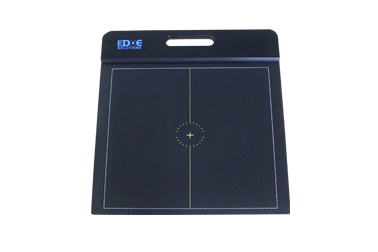
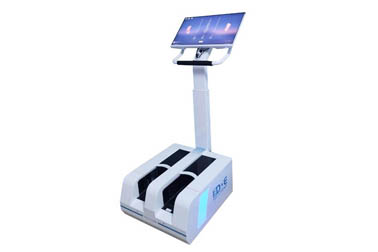
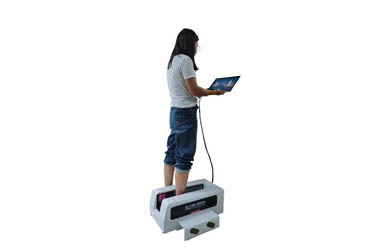
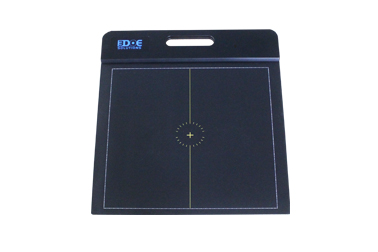

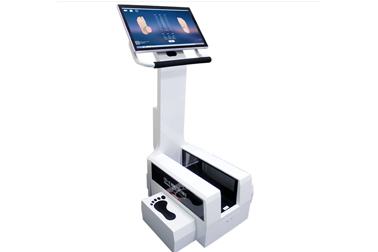



 +86-0755-86131192
+86-0755-86131192